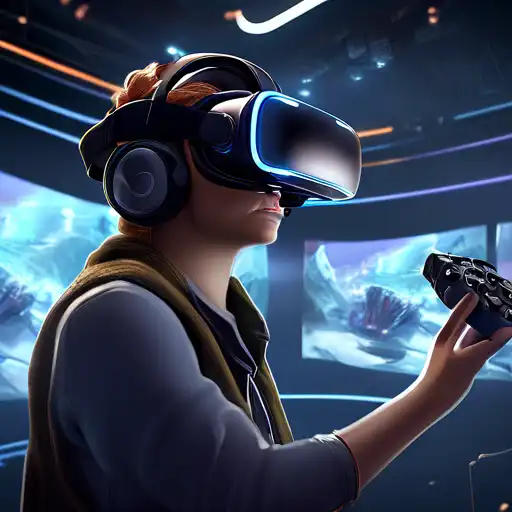Understanding the Complexities of VR Content Development
Virtual Reality (VR) has emerged as a groundbreaking technology, offering immersive experiences that were once the stuff of science fiction. However, developing content for VR presents a unique set of challenges that creators must navigate to deliver compelling and engaging experiences.
Technical Limitations and Hardware Diversity
One of the primary hurdles in VR content development is the technical limitations and the diversity of hardware. Creating content that is compatible across various VR headsets, each with its own specifications and capabilities, requires extensive testing and optimization. This not only increases development time but also costs.
High Production Costs
The production of VR content is significantly more expensive than traditional media. The need for specialized equipment, software, and skilled personnel can make VR projects prohibitively costly for smaller studios or independent creators.
User Experience and Motion Sickness
Ensuring a comfortable user experience is paramount in VR development. Motion sickness, caused by discrepancies between visual motion and physical movement, is a common issue that developers must address through careful design and testing.
Content Interactivity and Engagement
Creating interactive and engaging content is another challenge. Unlike passive media, VR requires users to be active participants. Designing intuitive interfaces and meaningful interactions is crucial to keep users engaged and immersed in the virtual environment.
Strategies for Overcoming VR Development Challenges
Despite these challenges, there are strategies that developers can employ to streamline the VR content creation process.
Leveraging Cross-Platform Development Tools
Utilizing cross-platform development tools can help mitigate the issues posed by hardware diversity. These tools allow creators to build content that is more easily adaptable across different VR systems.
Focusing on User-Centered Design
Adopting a user-centered design approach is essential for minimizing motion sickness and enhancing interactivity. By prioritizing the user's comfort and experience, developers can create more accessible and enjoyable VR content.
Exploring New Revenue Models
To address the high production costs, developers can explore alternative revenue models such as subscriptions, in-app purchases, or partnerships with hardware manufacturers to subsidize development expenses.
Developing VR content is undoubtedly challenging, but with the right strategies and tools, creators can overcome these hurdles to produce innovative and immersive experiences. As the technology continues to evolve, so too will the solutions to these challenges, paving the way for a new era of digital storytelling.
